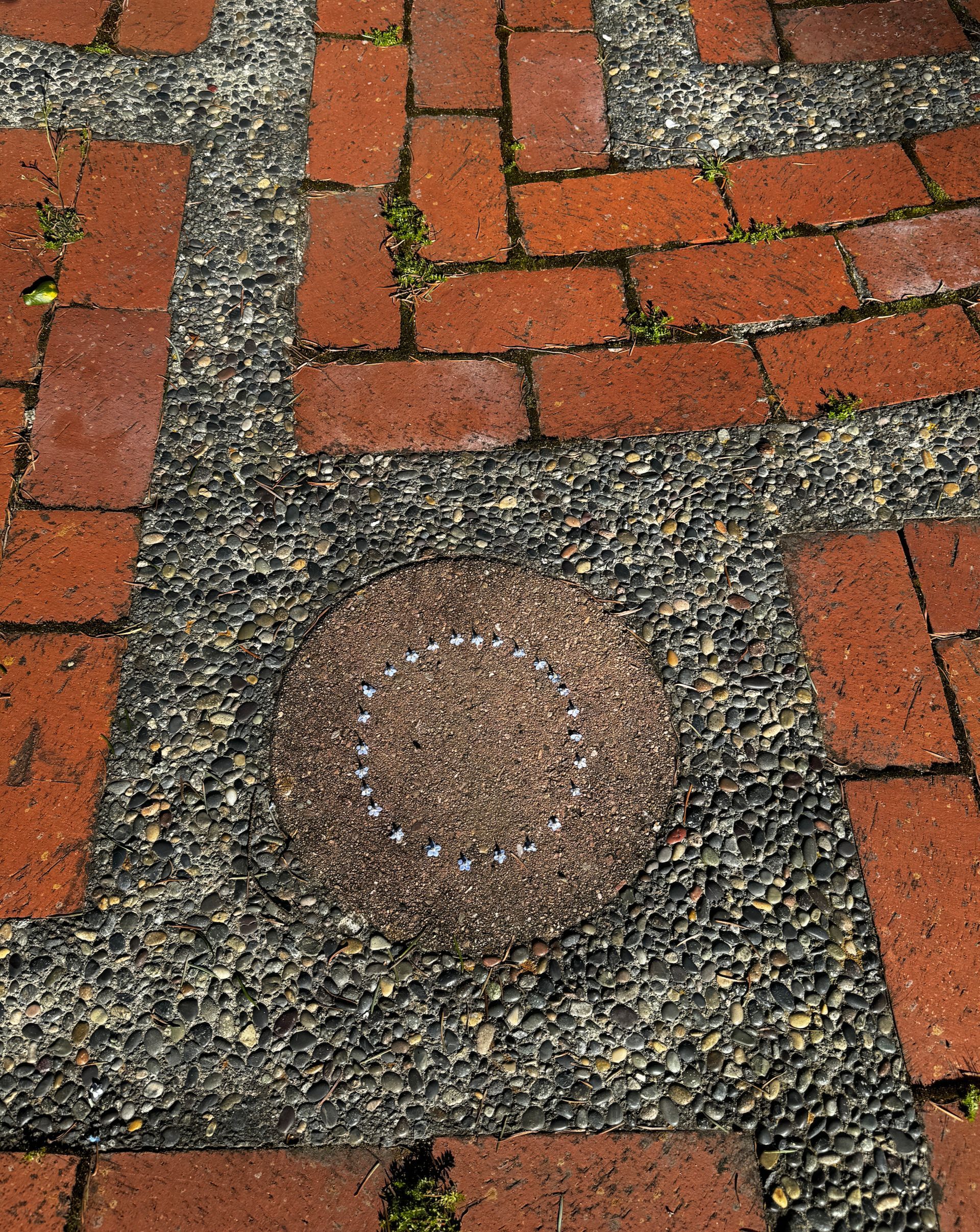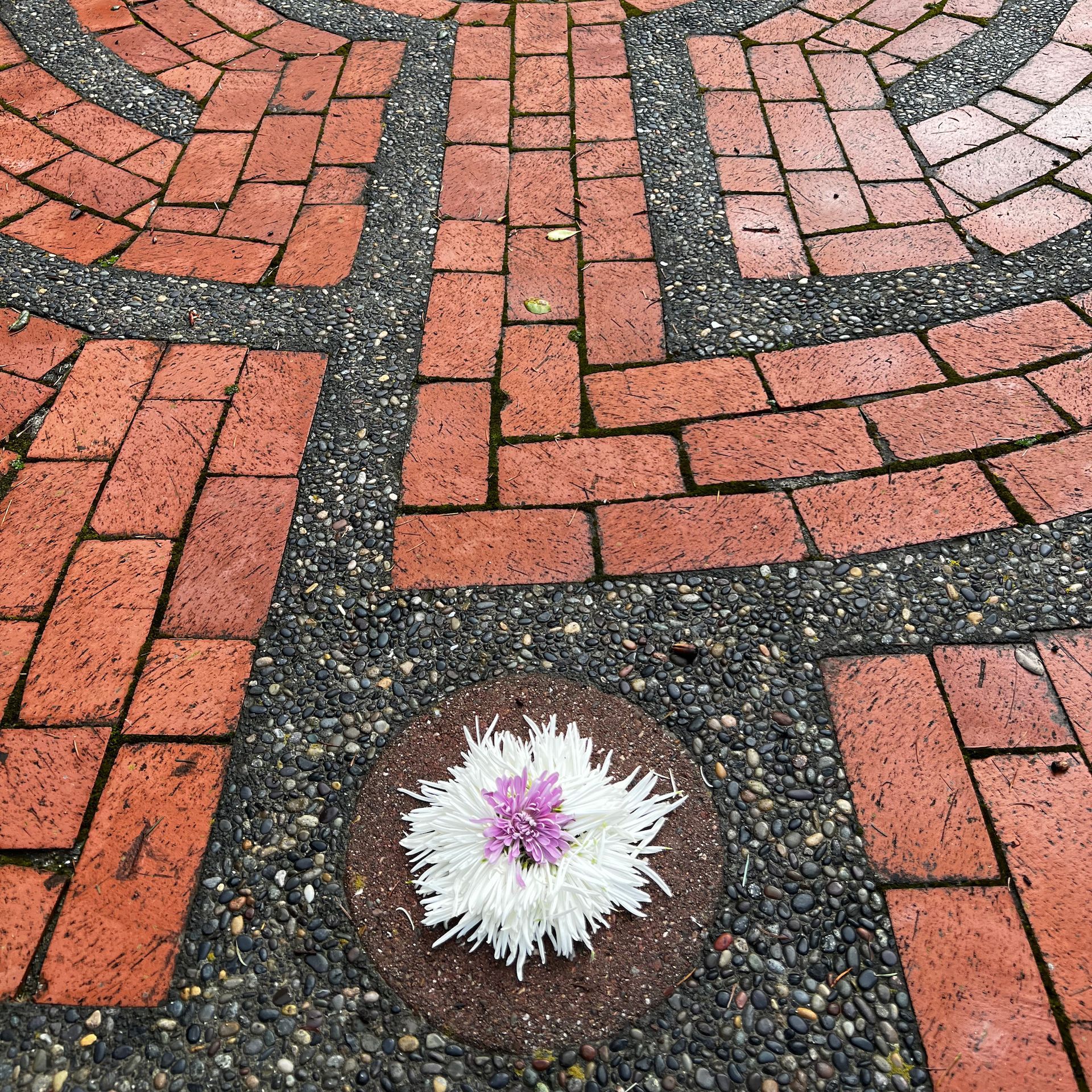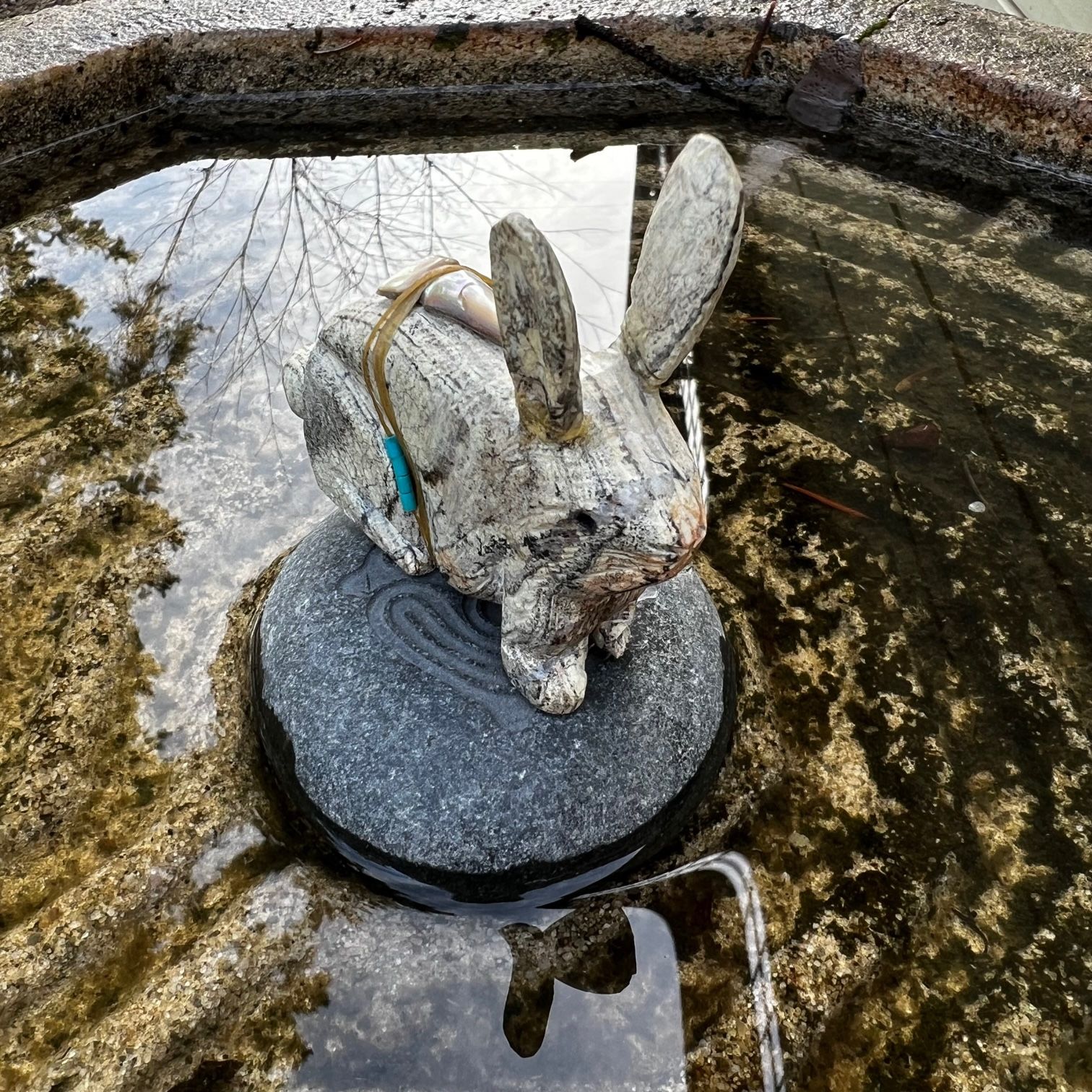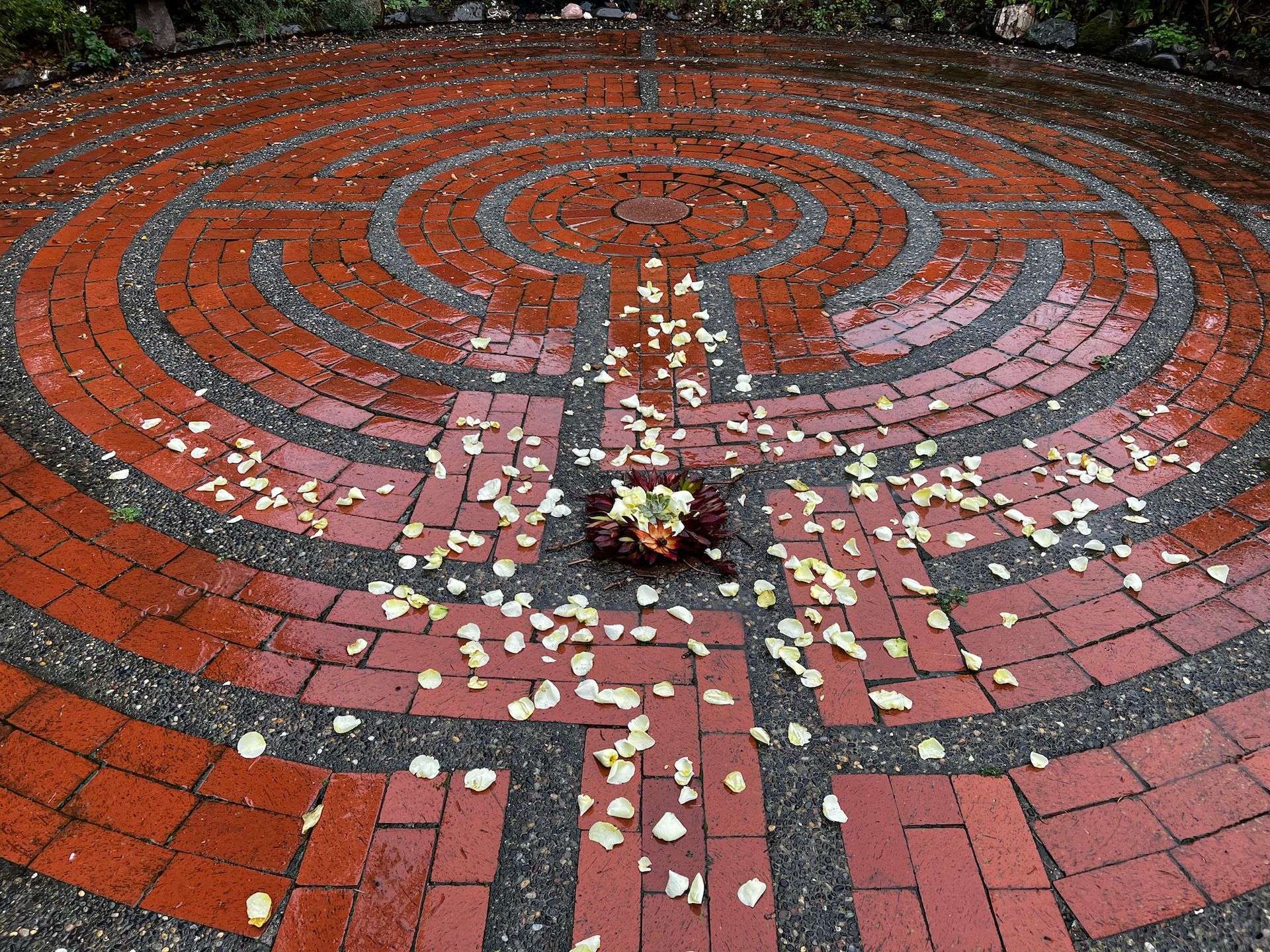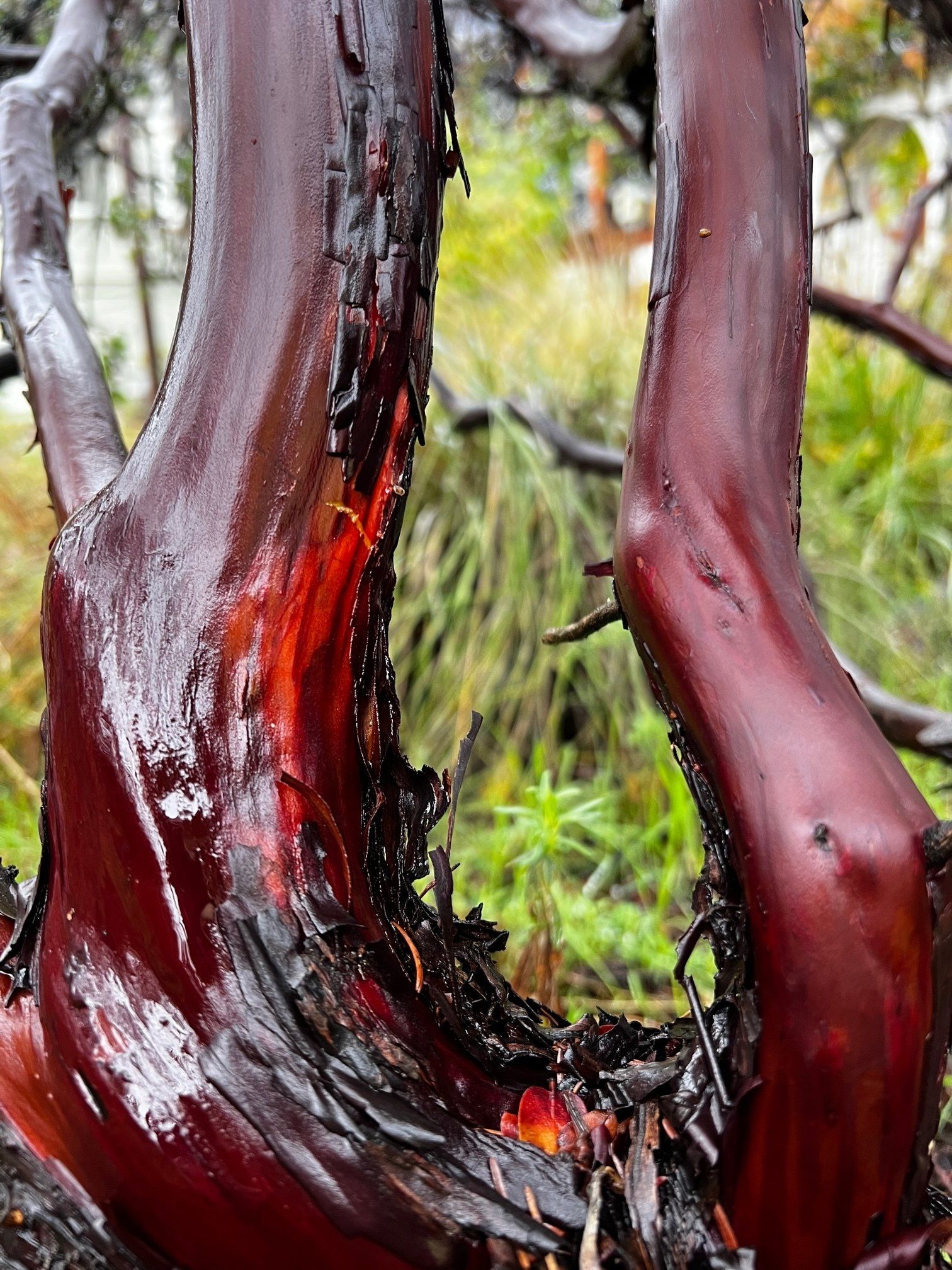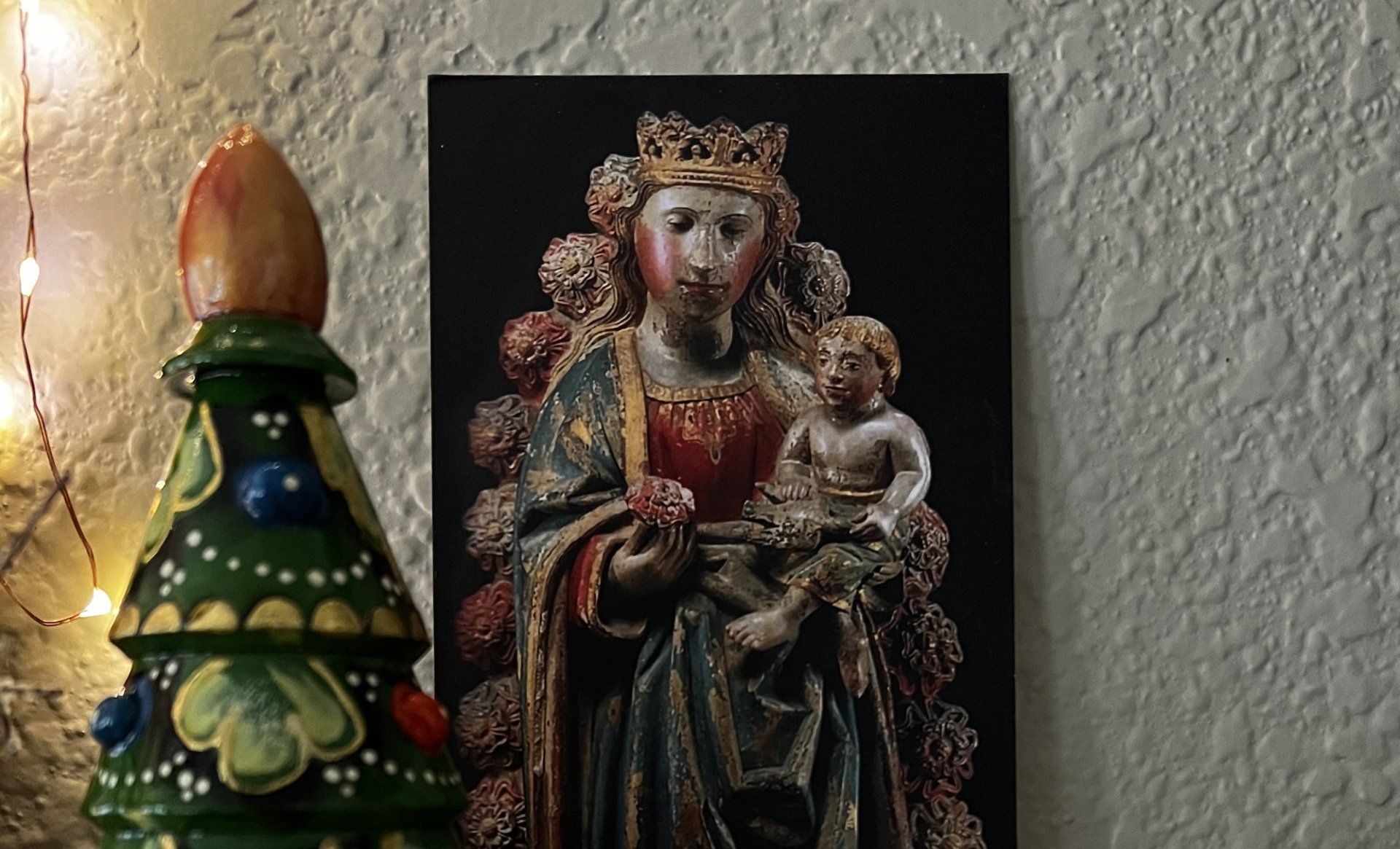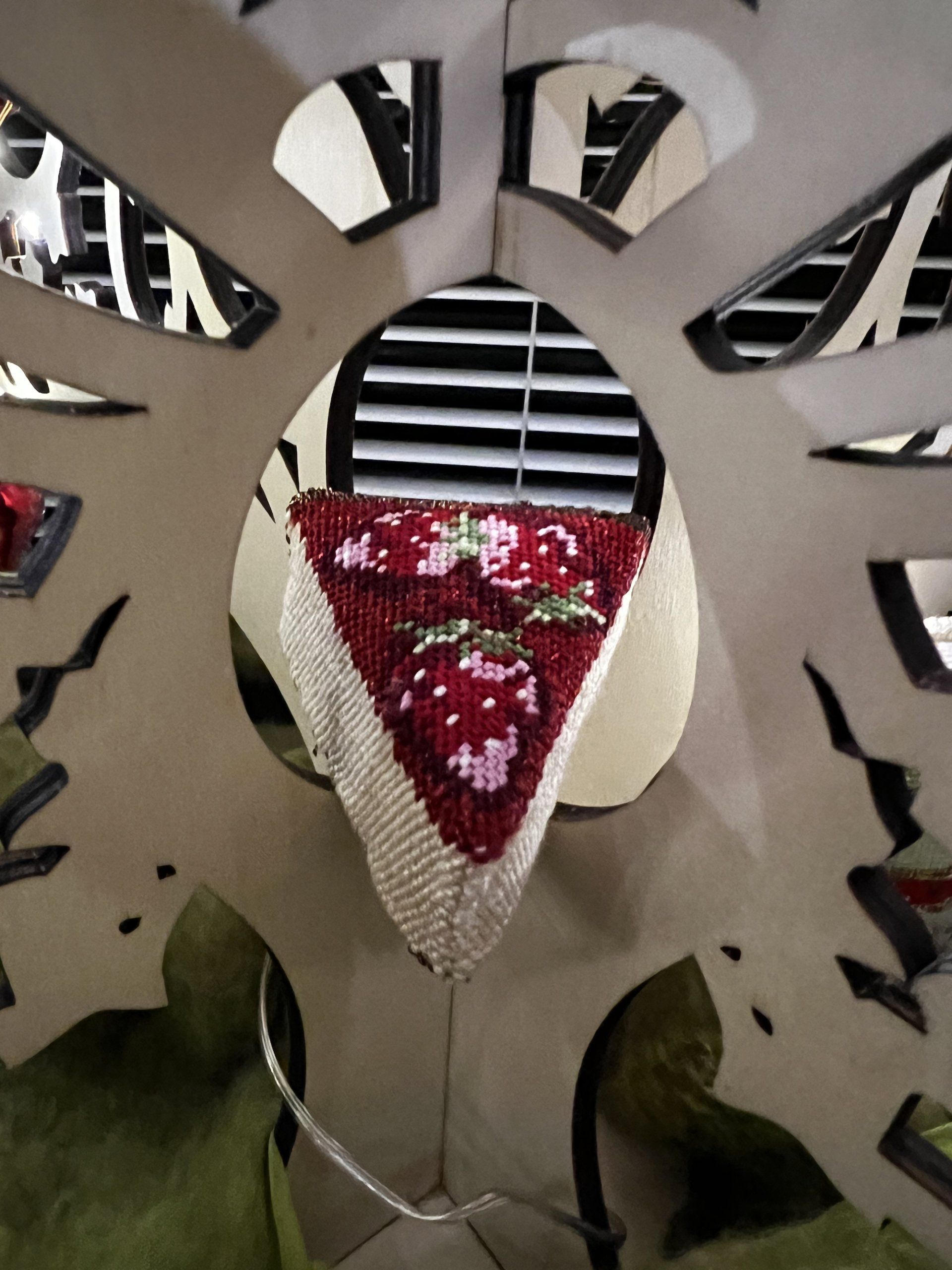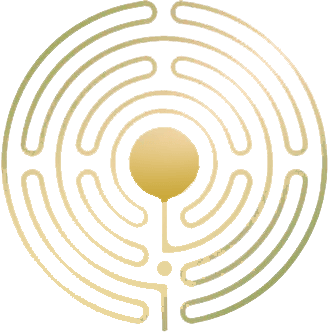An Oakland Hills Labyrinth
APRIL 7, 2018
It is wonderful when a project expands beyond the usual concept of what it takes to create a labyrinth.
I was pleased to once again have the opportunity to work on this with landscape architect John Northmore Robers of [John Northmore Roberts & Associates](http://www.johnnorthmoreroberts.com/) in Berkeley, CA.
This project is set in the Oakland Hills of California on a house atop a ridge-line. The three-tiered backyard is located on a very steep slope.
My clients wanted to create a labyrinth that started on the landing space that is between the first and second levels, and the right and left hemispheres of that second level. In this installation, the contrasting line is actually the path and the empty space surrounding those lines creates this unique design.
Many times, when I start a project, I conceptualize it first by doing a watercolor. This allows me to dig a little deeper into the underlying symbology and themes that may be a part of an installation. For this project, I knew that we had the elements of:
- earth- the granite pavers, the slate, and plantings
- fire- the fire pit
- water- the coy pond
- but where was the air?
I found it in my drawing.
Many times, when I start a project, I conceptualize it first by doing a watercolor. This allows me to dig a little deeper into the underlying symbology and themes that may be a part of an installation. For this project, I knew that we had the elements of:
- earth- the granite pavers, the slate, and plantings
- fire- the fire pit
- water- the coy pond
- but where was the air?
I found it in my drawing.
Air made itself known in the shape of a crane.
And construction commenced. The crane-shaped labyrinth is on the left side of the second-tier. On the right side, there is a modified Greek Key, that also gives a nod to the decorative borders found in South America. On the landing, there is a triple spiral from Celtic lore. The meandering path connects behind the landing between the two sides with a mandala honoring this family and their "journey of discovery."
The finished gardens and labyrinth are a place of tranquility and peace, providing a connection between the bustle of city life and touching into the quiet solitude of nature.
In the foundation niches between the second and first levels, my clients wanted to honor major religions of the world. They asked me to create a panel depicting the Ancient Iranian God Ahuramazda. I used tiles, clay and gold leaf to create this panel that was hung soon after the garden was completed.
Photos by Lea Goode-Harris & John Northmore Roberts
View more
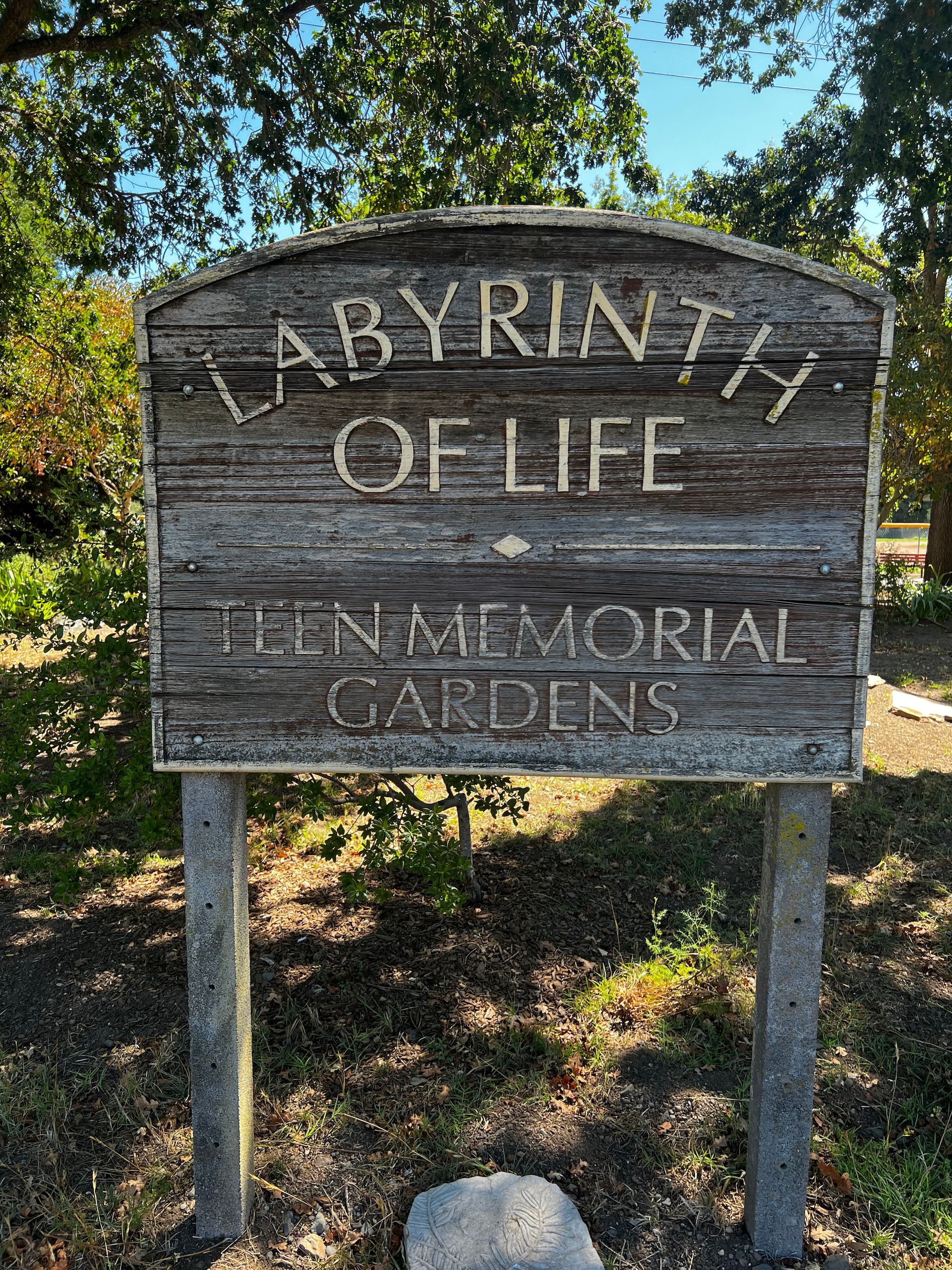
Labyrinths provide us with a path to practice change. Some labyrinths have withstood the passage of time for thousands of years. Others are here for just an afternoon, drawn in the sand at the edge of the ocean. Many modern labyrinths were meant to last for years, but because of unforeseen circumstances their time is shorter than intended. And they once again help us to practice letting go and giving thanks for the time they are with us. The Labyrinth of Life at the Sebastopol, California Teen Center reached such place of letting go and is at the end of one chapter and the beginning of another chapter that is yet unknown.
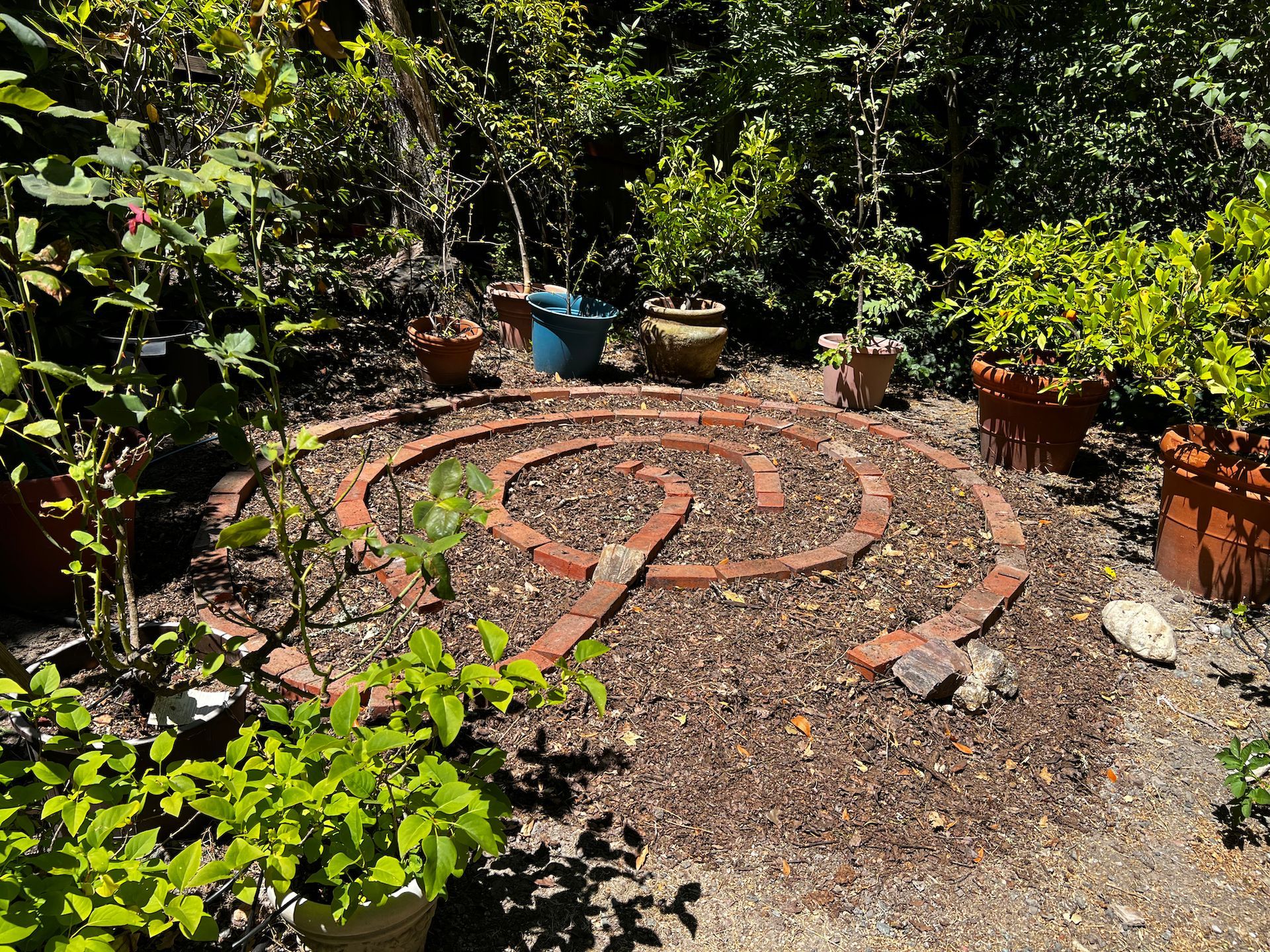
Sometimes... a labyrinth can take years to become a physical reality. In 2018 I met with my friend Deb, to discuss her desire to have a labyrinth on the beautiful land she lives on. Despite our plans and several meetings, listening to the land and finding the right spot, the labyrinth did not come to fruition. Fast-forward five years and in the blink of an eye... it happened!

